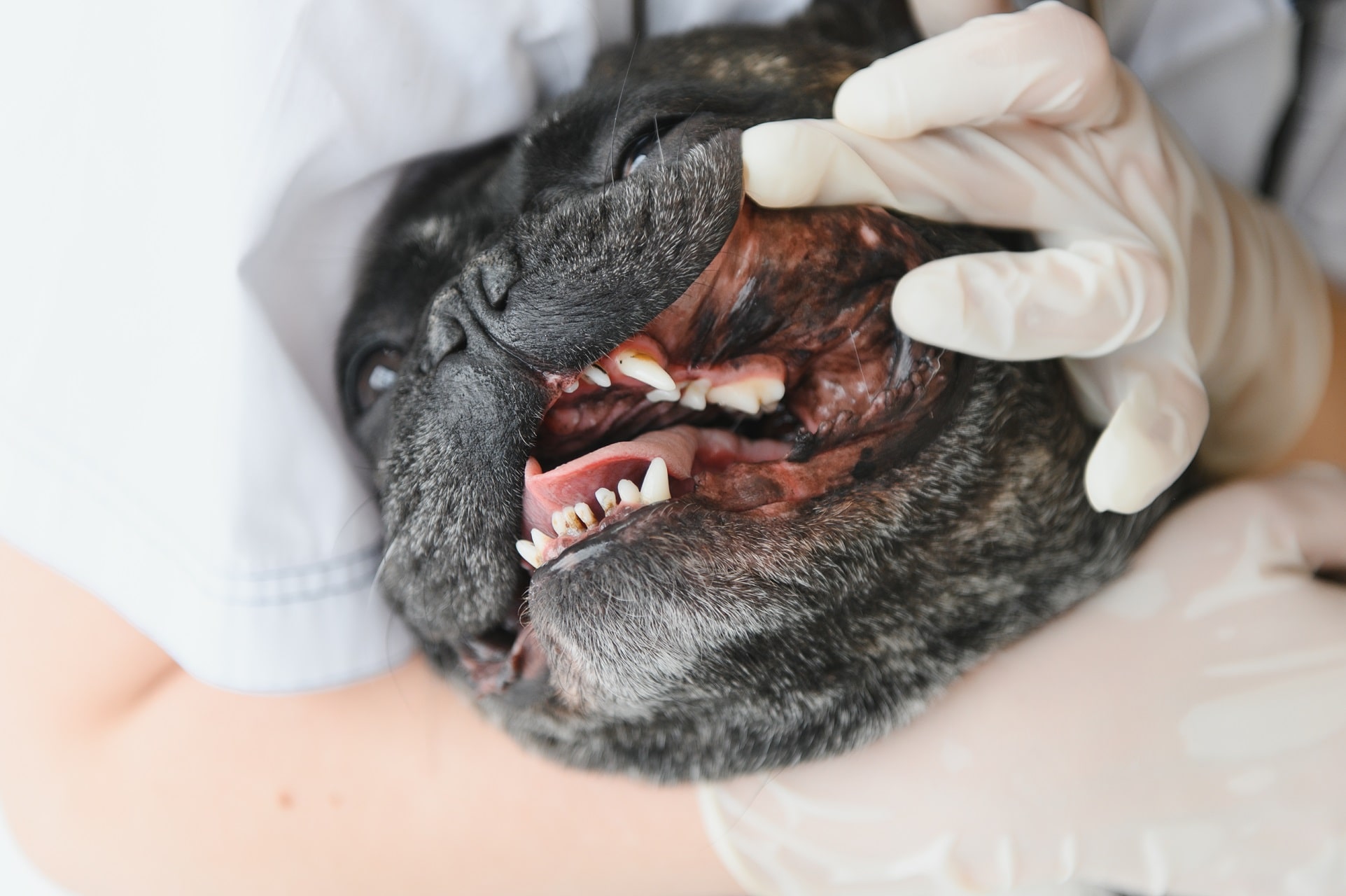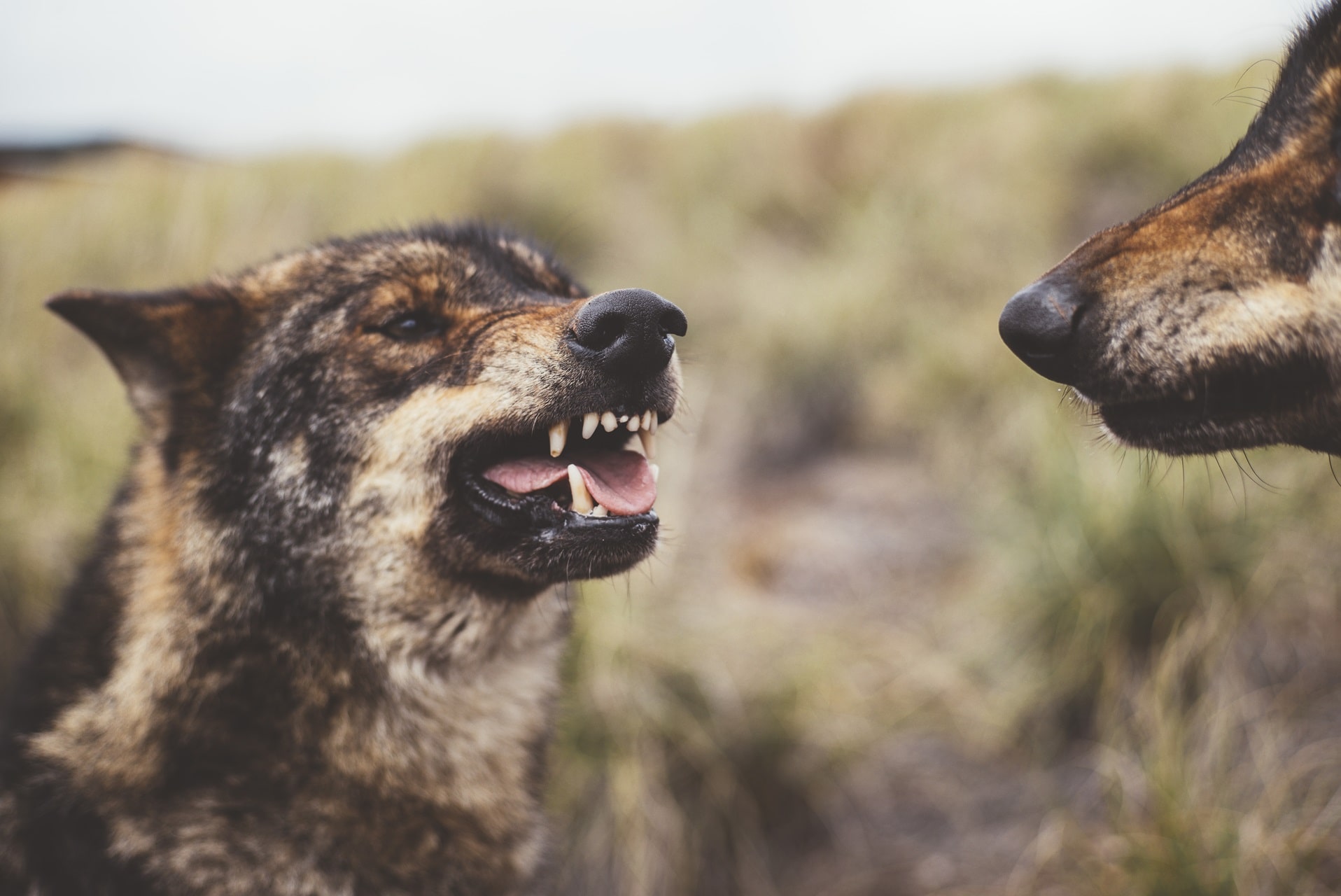Rabies is a viral disease that causes some domestic animals and some wild mammals to become ill. It can affect cats, dogs, horses, donkeys, donkeys, cows, goats, bears, coyotes, pigs, hedgehogs, skunks, moles, wolves, foxes, martens and bats.
Those who are injured by being bitten or scratched by animals such as dogs and cats should immediately apply to a health institution and report the situation to the doctors in detail.
Rabies is a viral disease that infects domestic animals such as dogs, cats, horses, donkeys, donkeys, cows, goats and wild mammals such as bears, jackals, pigs, hedgehogs, hedgehogs, skunks, moles, wolves, foxes, martens and bats. Early intervention is vital in the prevention of rabies. People who have been bitten or scratched by animals such as dogs or cats or who have been in contact with them should consult a doctor and get rabies vaccination as soon as possible. Rabies cannot be cured after the onset of symptoms, and almost all patients die. The first signs of rabies include headache, cough, fever, numbness and tingling in the affected area, foaming at the mouth, aggression and abnormal behavior. In order to protect against rabies, which has a very high risk of death, especially those who have experienced injuries and contacts that pose a risk of rabies must be vaccinated against rabies.

What is rabies?
Rabies is an infectious disease transmitted by close contact with bites, saliva and brain/nervous system tissue from animals infected with the rabies virus, which can result in death if timely measures are not taken.
Rabies is a zoonal infectious disease that occurs in both humans and animals. It can kill, paralyze or put a person in a coma. This is because the rabies virus cannot be cured once it has reached a certain stage of development in the body.
There are two types of rabies;
- Furious rabies
- Paralyzed rabies
In furious rabies, infected people show symptoms of insomnia, anxiety, confusion, excessive salivation and foaming at the mouth, along with erratic behavior. In paralytic rabies, the infected person gradually becomes paralyzed, falls into a coma and eventually dies. According to the World Health Organization, paralyzing rabies is the most common type of rabies among human rabies cases.
What are the symptoms of rabies?
Rabies is usually asymptomatic for the first few weeks. However, after the rabies virus progresses in the body and reaches the central nervous system, the person develops flu-like symptoms. The most common first signs of rabies include headache, fever, cough, numbness and tingling at the bite site, foaming at the mouth, difficulty swallowing, aggression, abnormal behavior and confusion. In addition, symptoms of rabies in general include the following:
- Fever
- Cough
- Numbness, tingling or pain in the bitten area
- Foaming at the mouth
- Restlessness and aggression
- Headache
- Abnormal behavior
- Blurred consciousness
- Nausea and vomiting
- Fear of light
- Seizures and coma
- Rapid breathing
- Muscle pain
- Diarrhea
- Weakness and fatigue
- Hyperactivity
- Difficulty swallowing
- Hallucinations
- Anxiety
- Muscle twitching
- Fear of drinking water
- Facial paralysis
- Insomnia

Rabies symptoms begin to appear within a few weeks and can lead to coma, paralysis, lung failure and ultimately death. If you have been injured by an animal at risk of rabies, you should immediately contact the nearest health institution and get the necessary dose of vaccine. It should not be forgotten that this disease is contagious and fatal.








